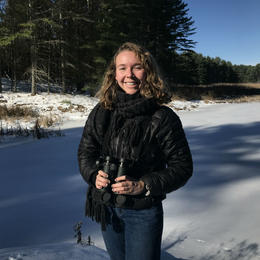What's your favorite shape? Does it have curves or angles? Is it symmetrical? Today we are going to discover the different shapes of nature! We will make necklaces that have all different kinds of shapes on them, wear them and try to find plants and animals that match our shapes. This activity is a great way for kids to practice drawing and naming shapes and use their fine motor skills to cut. This activity is best done in your yard or local park, but could be done inside with house plants or played as 'I spy' through the window.
Materials:
- Foam sheet, construction paper or watercolor paper
- Scissors
- Hole punch
- String
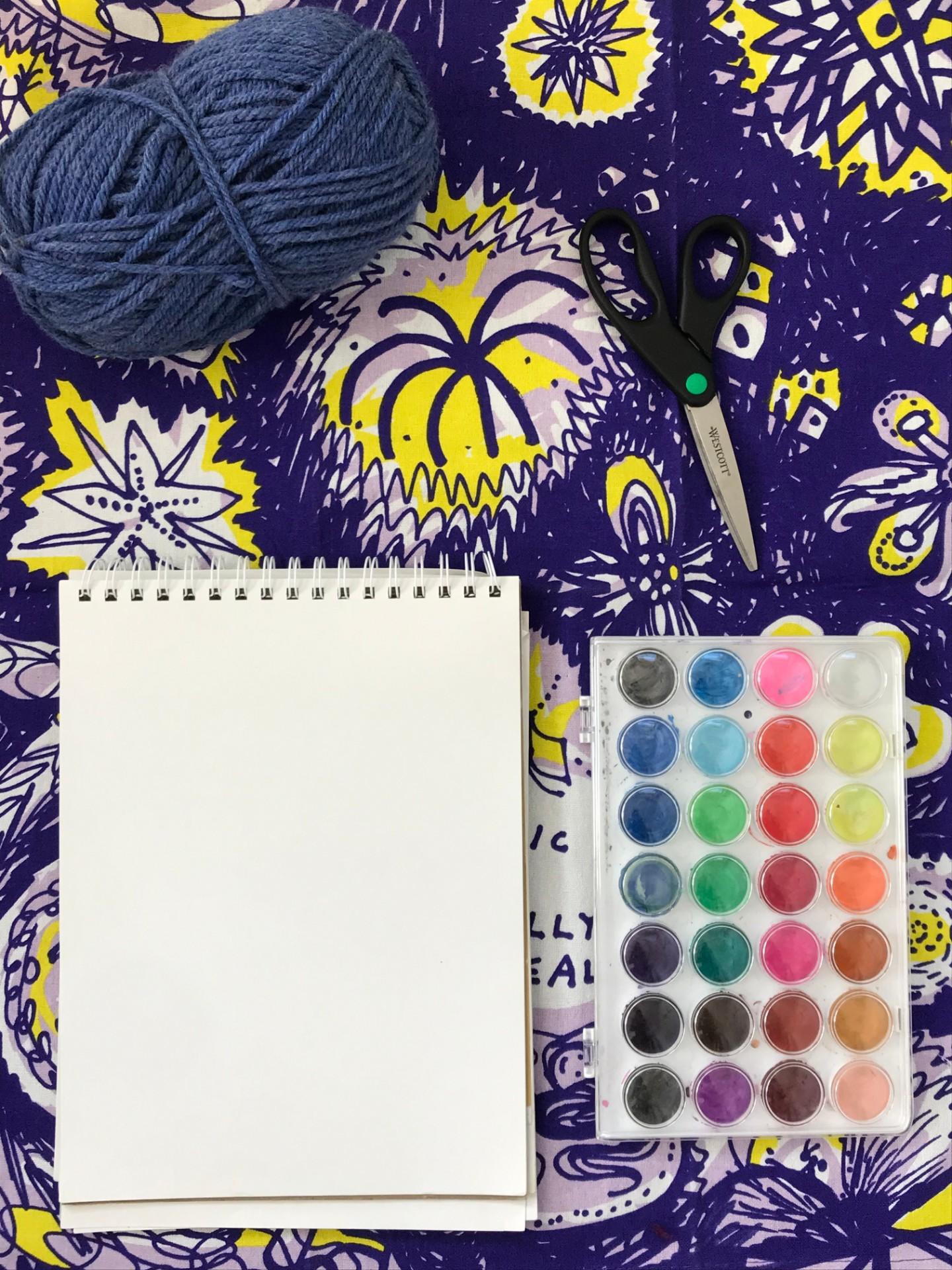
Steps:
1) Draw an outline of your shapes (square, oval, heart, star, circle, rectangle, etc) onto your paper or foam. Fill in your shapes with a bunch of different colors! If your kiddo is having trouble drawing shapes, you could cut shapes out of paper for them to trace.
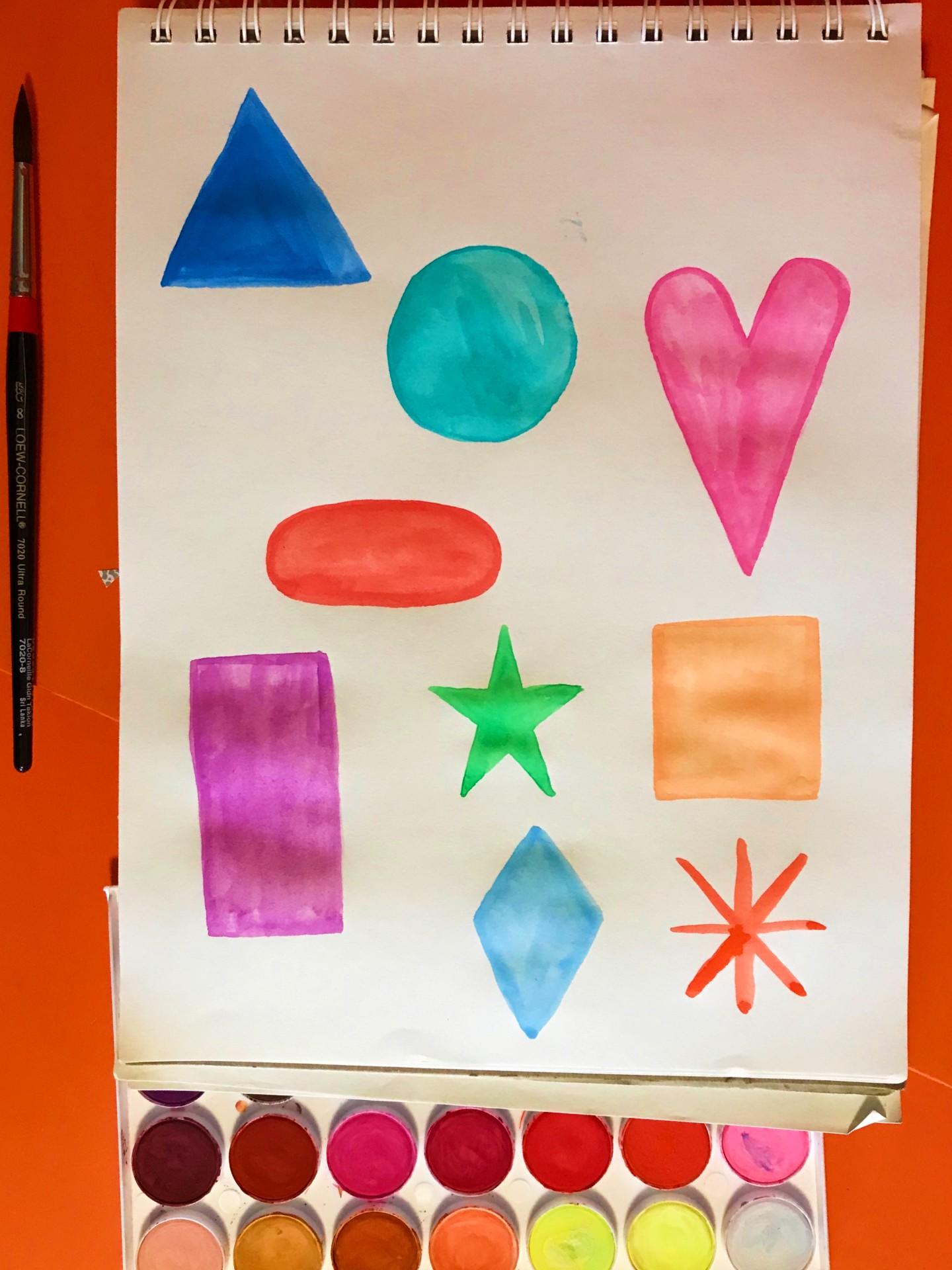
2) Cut your shapes out
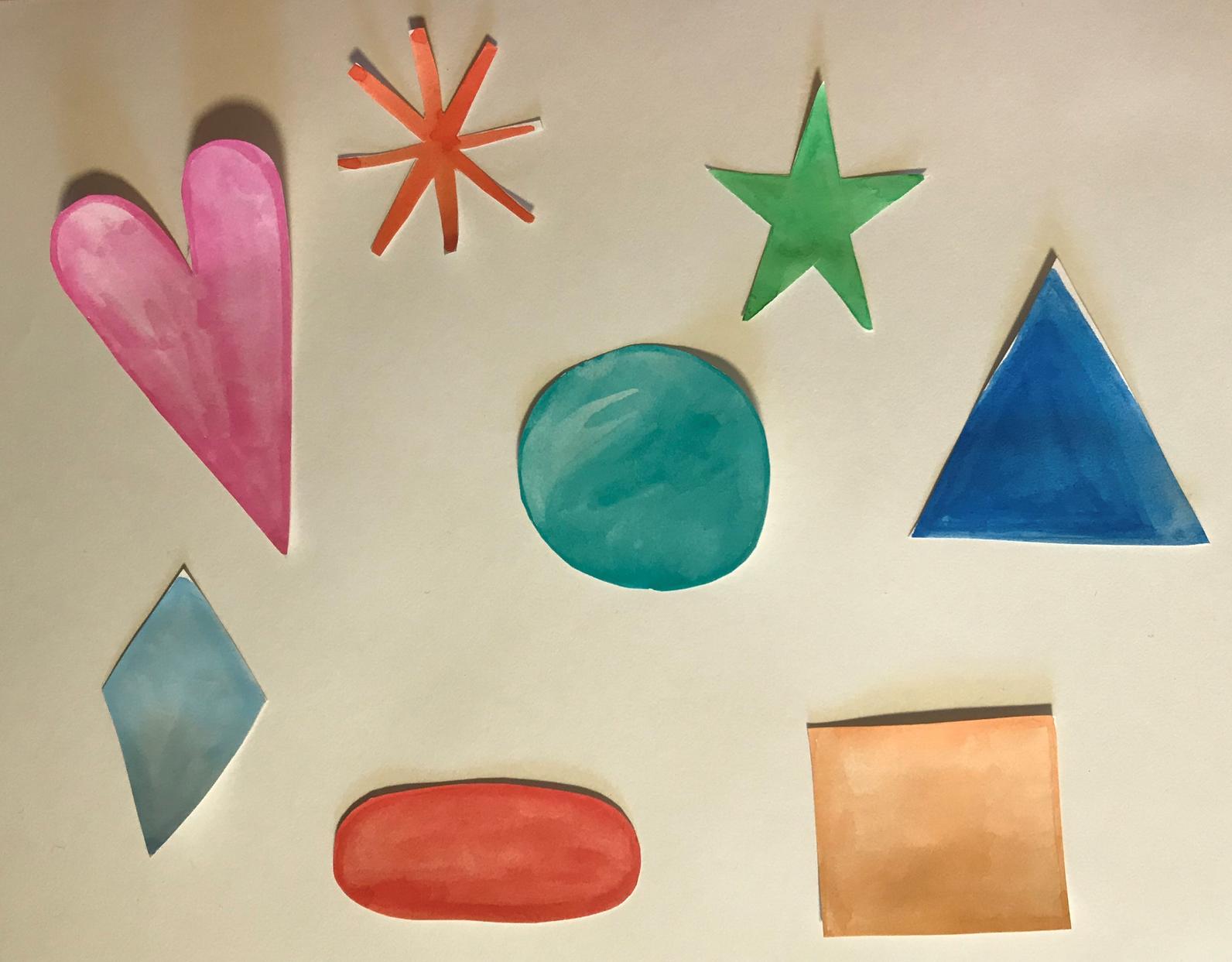
3) Punch holes into your shapes. (I didn't have a hole puncher so I used a thread and needle)
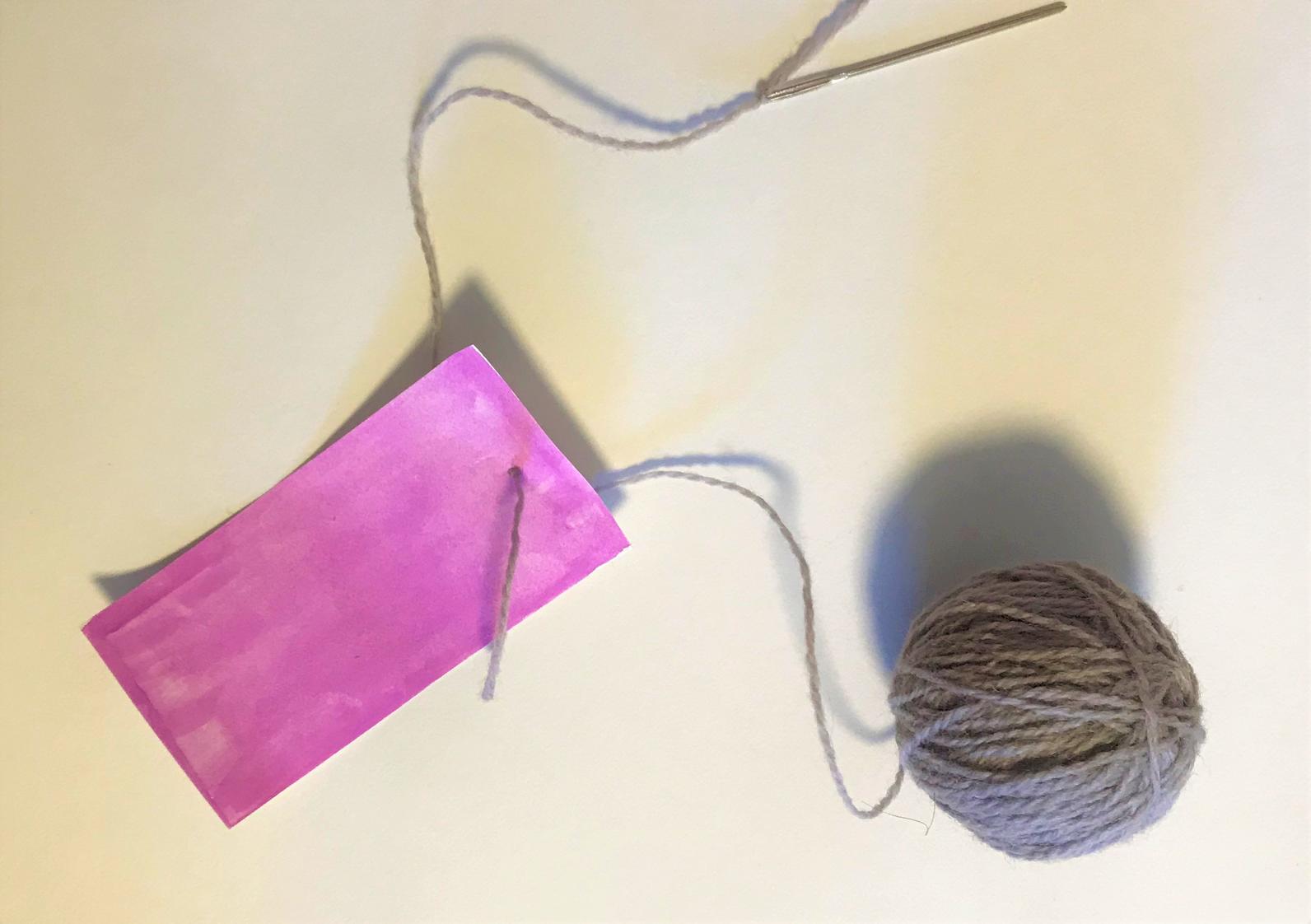
4) Thread your shapes onto a string that is long enough to be warn like a necklace. Tie around your students neck!
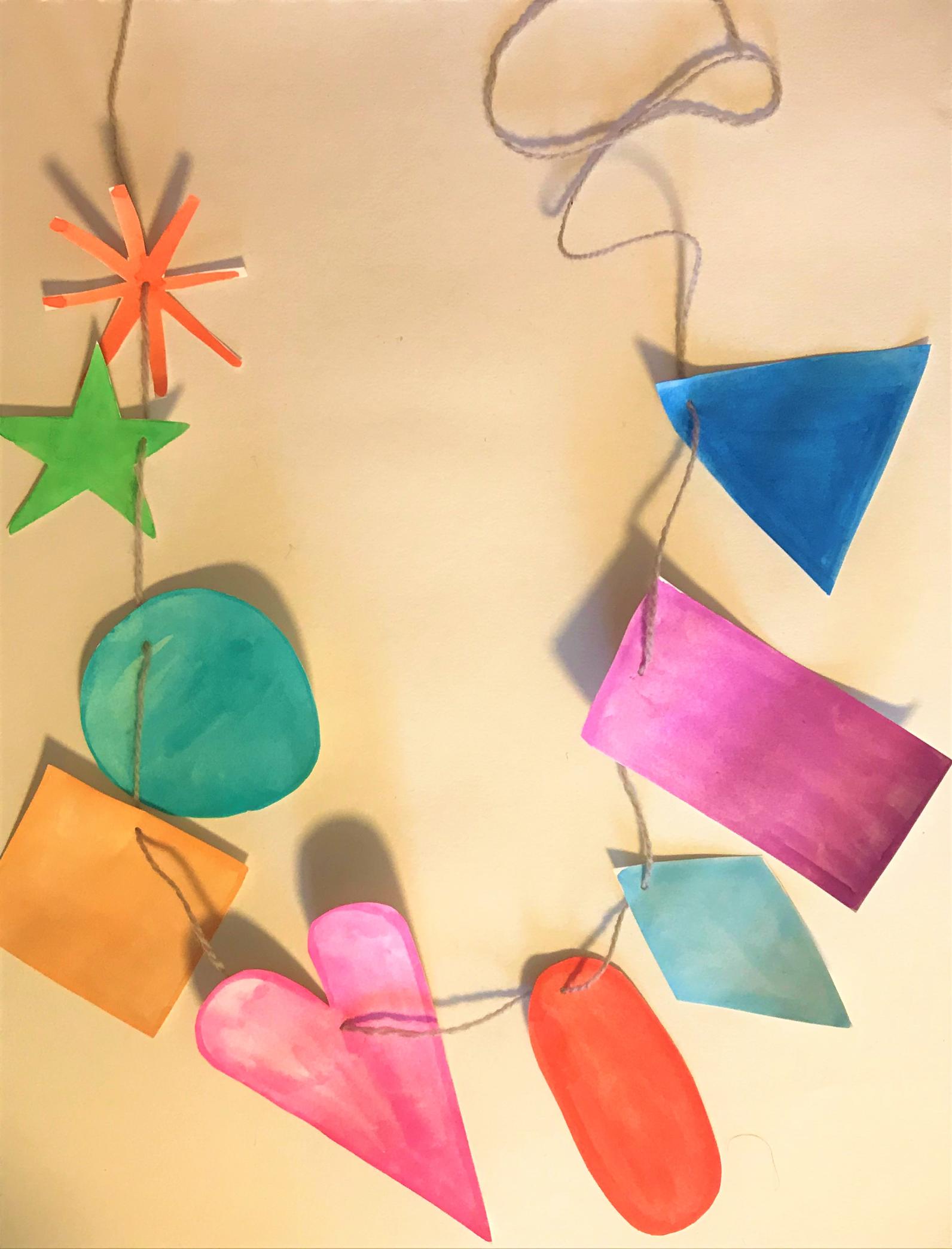
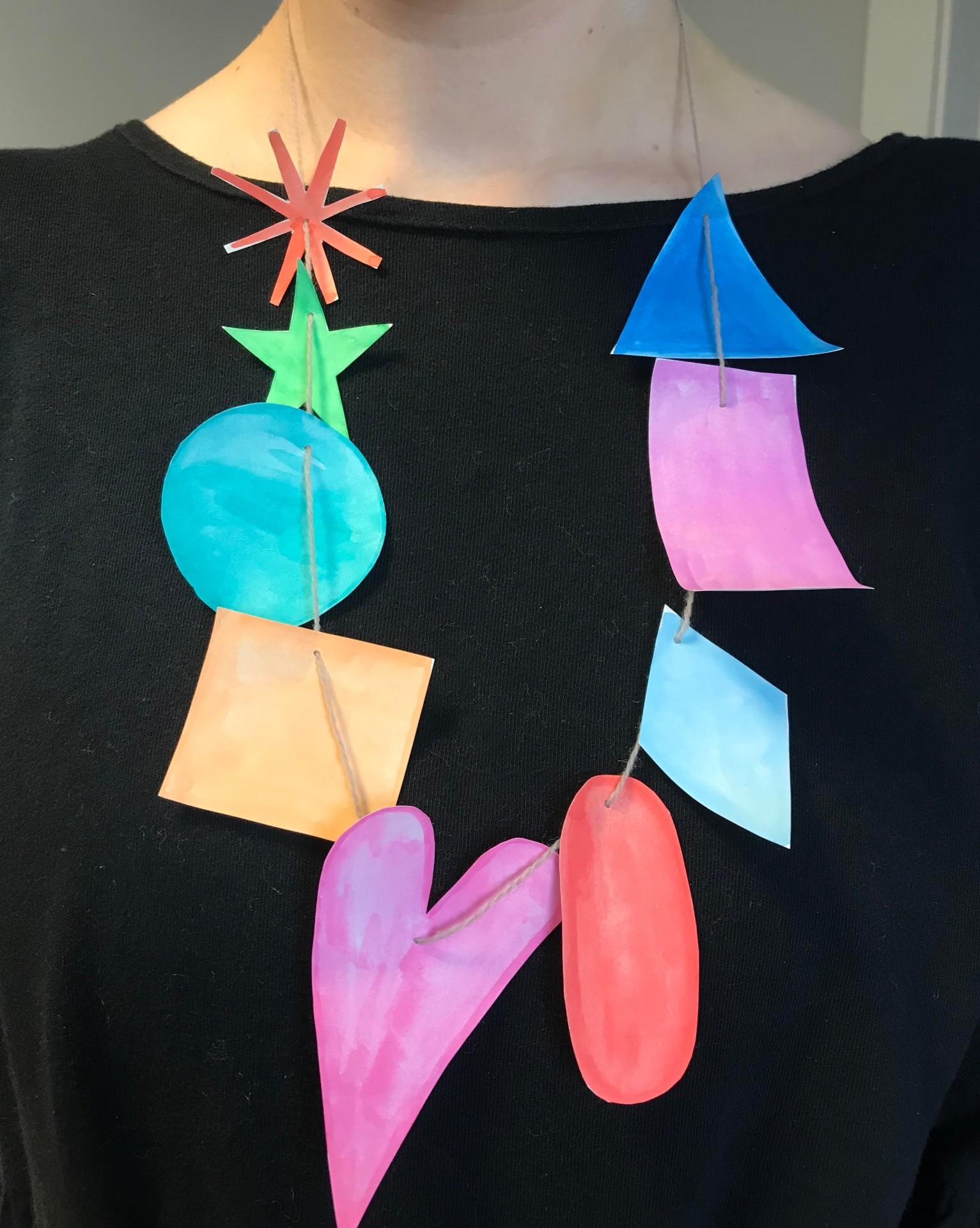
5) Head outside or to your porch/window to look for shapes in the natural world that match your necklace! If you are able, take a short walk around your neighborhood to see what shapes you can find.Otherwise you can use house plants or complete the activity from a porch or window.
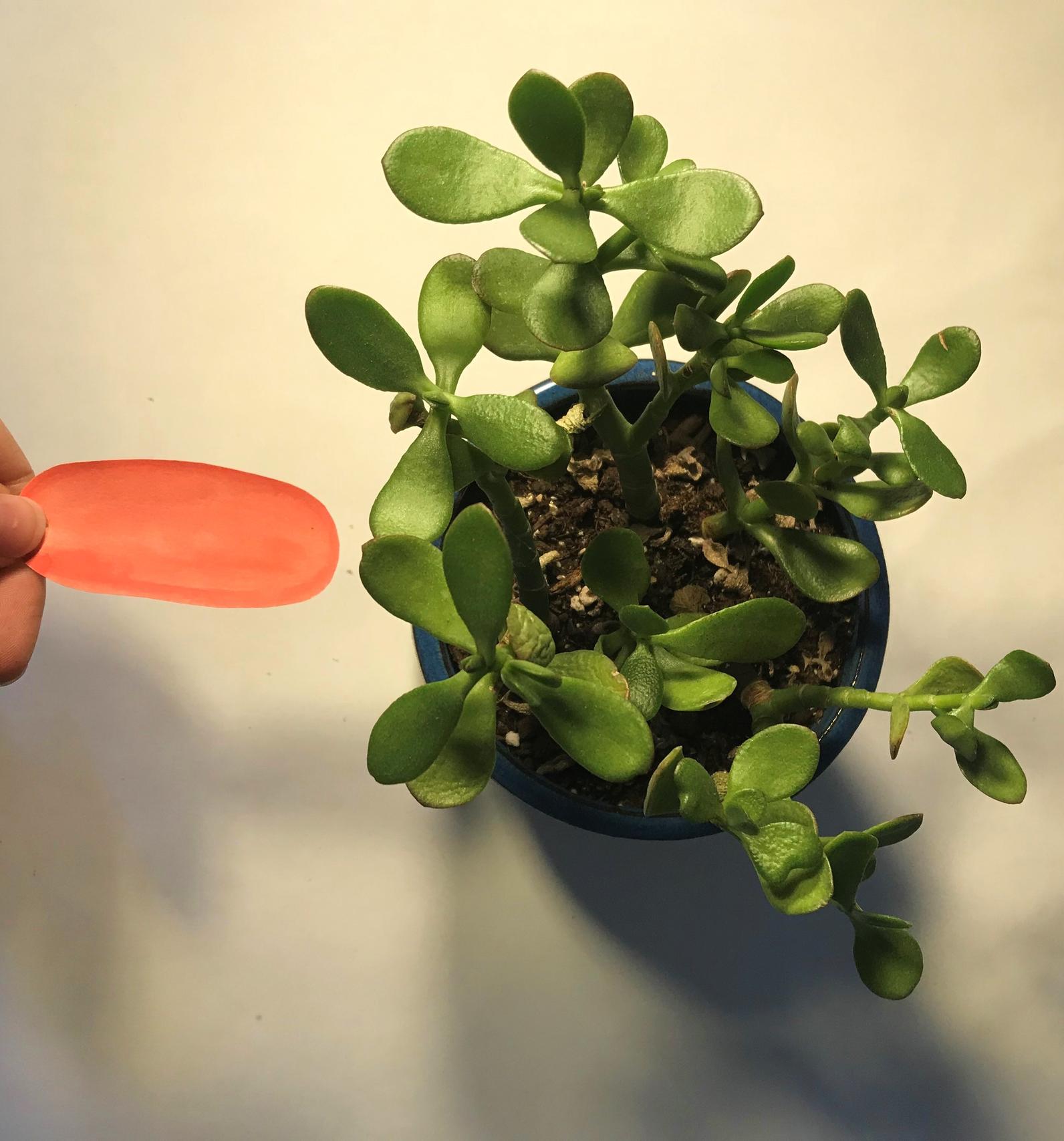
6) Discuss your findings. Did you find all of your shapes? Which were the most common and uncommon? Was it hard to decide what shape some plants and animals are?
OPTIONAL: Start an 'I Spy' game using shapes! For example, for a tree stump I might say: "I spy a brown circle."

